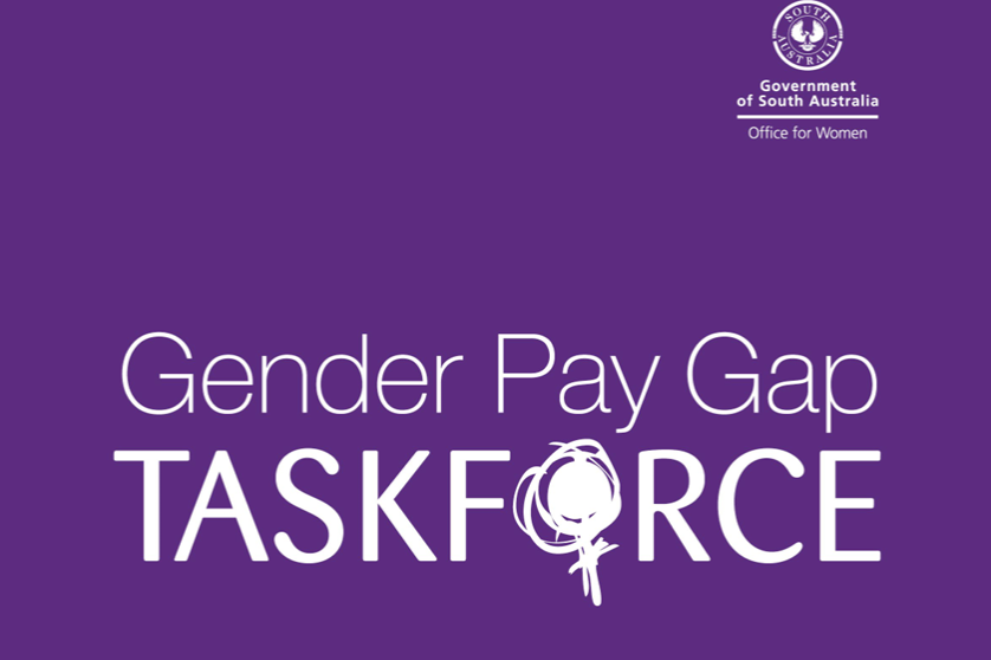Your cart is empty.


Your cart is empty.
24 Mar 2025 Discrimination
In March 2025, the South Australian Gender Pay Gap Taskforce released its final report. It explains the main reasons why women are not paid equally or fully included in the workforce, and what needs to be done to close the gender pay gap.

The gender pay gap remains an obstacle to economic equality in South Australia. Women continue to earn less than men, affecting their financial security, career opportunities, and long-term well-being. Closing the gender pay gap will improve the lives of women across South Australia.
On average, for every dollar men earn in South Australia, women earn just over 90 cents. This means women earn about $190 less per week than men, adding up to $9,412 less per year. The report shows that South Australia’s gender pay gap is currently 9.8%. While SA has the third smallest pay gap in Australia, it has grown by 1.8 percentage points since the Taskforce started in 2022.
The Taskforce is made of representatives from government, business, and gender equality experts. Sarah Andrews MP, Chair of the Taskforce, said their work focused on understanding why the gender pay gap exists and identifying solutions to close it.
Over the past two years, we have done a lot of research and put together a report that explains the complex reasons behind South Australia’s gender pay gap, Andrews said.
The Taskforce focused on:
The report found three main reasons why women in South Australia earn less than men:
Abbey Kendall, a Taskforce member and CEO of the Working Women’s Centre Australia, explained the impact:
The gender pay gap negatively affects women’s lives and the economy. Women in South Australia earn less, save less for retirement, and are less likely to be in leadership roles. Over time, this leads to more financial stress, housing instability, and poverty for women as they get older.— Abbey Kendall, CEO of the Working Women’s Centre Australia
The report recommends three key areas for action:
1. Supporting Employers in South Australia
2.Improving Data and Research on Gender Inequality
3.Strengthening the Role of the Public Sector
Nikki Candy, Director of the Working Women’s Centre SA, emphasised the importance of the report:
This report confirms what we see every day—women in South Australia continue to face gender pay discrimination. To close the gap, we need action at every level.
With almost two-thirds of the workforce in small and medium-sized businesses, there is a real opportunity for change. At the Working Women’s Centre, we’ll continue to support employers by providing training and practical tools to address their gender pay gaps.
We will continue working towards a future where women receive equal pay and equal opportunities. — Nikki Candy, Director of the Working Women’s Centre SA
Research suggests that closing the gender pay gap could add $128 billion to the Australian economy. At a time when South Australia is facing critical skills shortages, failing to address this gap means missing a significant opportunity to drive economic growth.
The gender pay gap is not just a matter of fairness—it impacts the entire community and has wide-ranging economic and social consequences. Closing the gap would improve women’s economic security and independence while also reducing financial abuse and long-term poverty among women.
Our state has always been a world leader in gender equality and I want us to continue to lead the way in our shared efforts to close the gender pay gap, said Katrine Hildyard MP, Minister for Women and the Prevention of Domestic, Family and Sexual Violence.
For more information on the Gender Pay Gap Taskforce final report, visit the Office for Women South Australia or contact the Working Women’s Centre for workplace legal advice and training and resources on gender equality in the workplace.